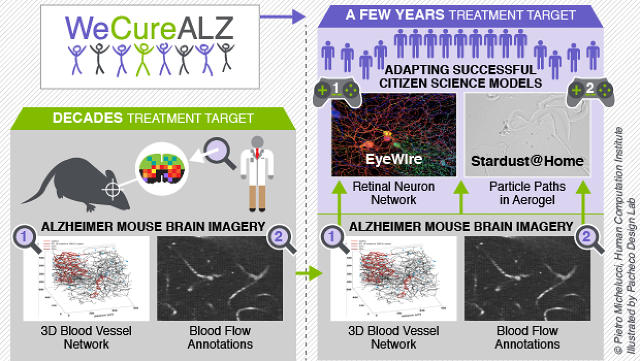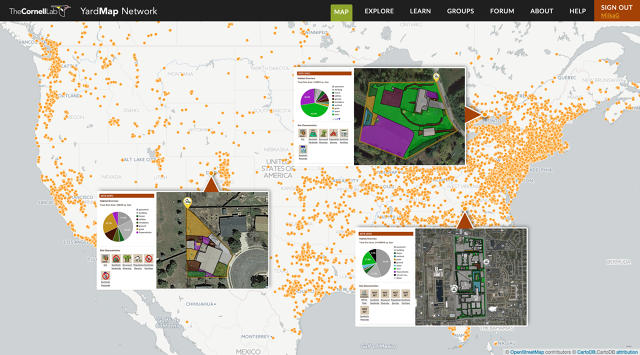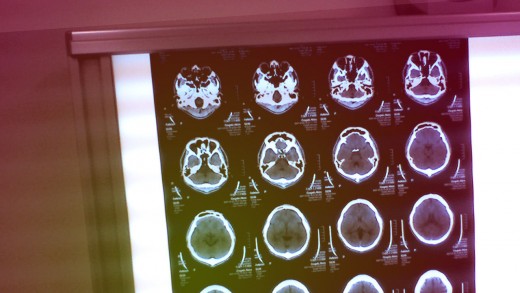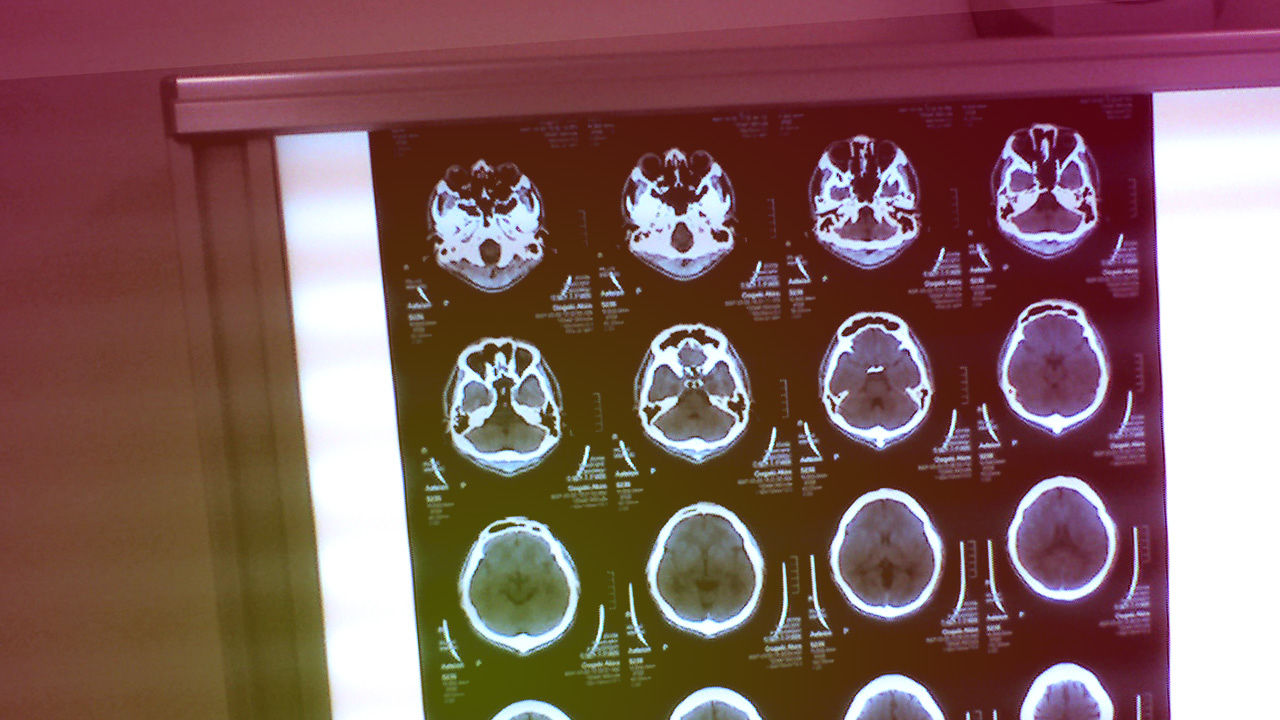How the global Hive thoughts Is Teaming as much as find a treatment For Alzheimer’s
The initiative is only one instance of several efforts that mix crowdsourcing and computing to deal with “arduous problems.”
January eight, 2016
when you consider that late computer scientist John McCarthy came up with the term synthetic intelligence back in 1955, there may be been lots of scientific analysis and experimentation around reaching that purpose. but we’re nonetheless a long way off from totally reproducing the complexities of the human mind, regardless of the entire thrilling AI-related experiments we are witnessing at Google (autonomous vehicles), fb (facial attractiveness), Microsoft (language translation) and Amazon (voice recognition).
Some intrepid scientists are trying to bridge that hole with the aid of exploiting the hive mind—teaming one of the vital smartest computation researchers in the world. “Some supercomputers today are drawing near the processing pace of the human mind even if they require about 1,000,000 occasions extra vitality than our 20-watt brains,” says physician of Cognitive Science and Mathematical Psychology and director of the Human Computation Institute (HCI) Pietro Michelucci. HCI is a one-12 months-outdated, Fairfax, Virginia-primarily based, nonprofit startup made out of a world network of human computation researchers who are “devoted to the betterment of society through novel strategies leveraging the complementary strengths of networked people and machines.”
“computer processing velocity on my own just isn’t efficient enough to create intelligence,” Michelucci adds. “it is in point of fact concerning the instrument, and the tool that runs in the human mind is the fruits of millions of years of evolution optimizing the most complicated data processor within the recognized universe. We nonetheless do not know replicate this complexity in machines, so we flip to things like human abstract considering, creativity, and knowledge about how the sector works.”
Michelucci, with Cornell professor of pure instruments and director of Citizen Science on the Cornell Lab of Ornithology Janis L. Dickenson, recently co-authored a piece of writing printed in this month’s Science journal headlined “the power of crowds: Combining humans and machines can assist tackle increasingly more hard issues.” The article is a perspective on how human computation, crowdsourcing, and so-called “Citizen Science” intersect with computing energy to create new alternatives for problem-fixing at exceptional scales.
one of the vital issues Michelucci’s HCI has started to deal with is Alzheimer’s illness, via an initiative known as WeCureALZ. Dickenson points to a captivating human computation oriented initiative at Cornell called YardMap that has set out, she says, “to examine an enormous quantity about find out how to give a boost to the way we handle living and working landscapes, now not only for species conservation, however for human health as neatly.”
Tackling Alzheimer’s
WeCureALZ used to be not too long ago funded by the BrightFocus basis, a nonprofit that supports research to finish Alzheimer’s illness, macular degeneration, and glaucoma. Michelucci explains that this initiative bought its start when he was offered to analyze currently being conducted by means of Harvard-skilled physicists Chris B. Schaffer and Nozome Nishimura, each now professors at Cornell’s division of Biomedical Engineering, where they run the Schaffer-Nishimura Lab, in which a crew of biomedical college students and scholars use “evolved optical tactics to observe and manipulate in vivo [living organisms] biological programs, with the intention of developing a microscopic-scale working out of standard and illness-state physiological procedures within the brain.”

briefly, the Schaffer-Nishimura Lab, amongst many other tasks, research plagues, often known as beta-amyloids, which were known to damage or complicate cell-to-cell communications in the mind, and a excellent motive to believe that such plagues are an important result in of Alzheimer’s.
These plagues are analyzed by inserting Alzheimer-causing genes into mice which can be then studied within the laboratory by way of imaging tactics through which lab technicians take actual-time video of blood flowing through micro vessels of these mice brains. the data from these videos are used to construct 3-d images of where the blood is flowing and the way the vessels are connected to one another. via this course of “they have got been ready to make a very powerful but not-but printed discovery,” Michelucci explains. “Two % of the mind’s blood vessels within the Alzheimer’s mice have been in truth stalled, meaning that no blood used to be flowing through them in comparison with only a half p.c of the standard mice.” the two% reasons an general 30% discount in mind blood flow.
How does human computation and crowdsourcing come into play in this state of affairs? “It took almost two years of painstaking data analysis by means of laboratory technicians to get the end result that ended in this discovery,” Michelucci says. “the remaining data that needs to be executed to get to a therapy goal can literally take decades.” by means of offloading this information analysis to a crowd of hundreds of online citizen scientists and the general public, “we expect to be able to do it in only a few years.”
an online recreation To Generate Human-carried out information analysis
this kind of crowdsourcing methodology is already being carried out in a wide variety of human computation/online machine combination structures, two of as a way to be used to launch the WeCureALZ initiative: Stardust@residence out of the college of California-Berkeley, the place, given that 2006, a crowd of more than 30,000 citizen scientists, known as “dusters,” have been analyzing data and pictures to find pristine interstellar mud particles that had been introduced again to Earth from a space probe performed with the aid of NASA, and EyeWire, an MIT-originated on-line three-D puzzle game during which a whole bunch of heaps of gamers are serving to to map the human brain through a human-primarily based computation platform that challenges avid gamers to map 3-d neurons in a retina.
the first phase of WeCureALZ, in keeping with the Stardust@dwelling platform, is slated to launch in a number of months, with the 2nd segment, based on EyeWire sport, quickly to follow. primarily, between the 2 systems, humans will both identify stalled blood vessels in addition to hint and map the general network of blood vessels in the mice brain pictures. in the meantime, parties can pre-register to take part on the WeCureALZ website online.
relating to the other interesting human computation initiative, YardMap, Dickenson explains how more than 22,000 contributors to this point have used the online platform to create maps that represent their panorama and sustainable practices.
“Our main target market is householders, who can map their conservation practices in a very visible method and supply small print about the whole thing of their maps,” she says. The platform uses habitat polygons and allows people to position trees, vegetation, and compost boxes (in addition to many different objects) onto their maps—”like FarmVille, only real,” said one participant.

“we are trying out totally different variations of YardMap over time, improving tools that permit folks to work together and share no longer handiest their maps, which make their practices visible, but in addition their ideas,” Dickenson provides. “we are keen on each finding out and collective intelligence. we’re checking out ideas about find out how to create effective online finding out areas that enable individuals to share concepts and information, engage with each and every other, and interact in discourse about digital representations of actual-lifestyles practices. individuals are each the managers and the consultants on their own backyards; this expertise when shared and displayed on maps can lead to new concepts that in flip can amplify impacts and lead to innovation.”
For the good Of All
after all, tasks like YardMap and WeCureALZ “cling nice attainable for public excellent,” Dickenson says. “mockingly human computation may in reality lend a hand to advance synthetic intelligence,” Michelucci notes. “Human computation methods themselves could be used to solve the problems in advancing machine-base intelligence. i believe these two paths may just turn out being mutual catalysts. both way, I don’t see laptop intelligence surpassing human intelligence within the foreseeable future.”
(30)














